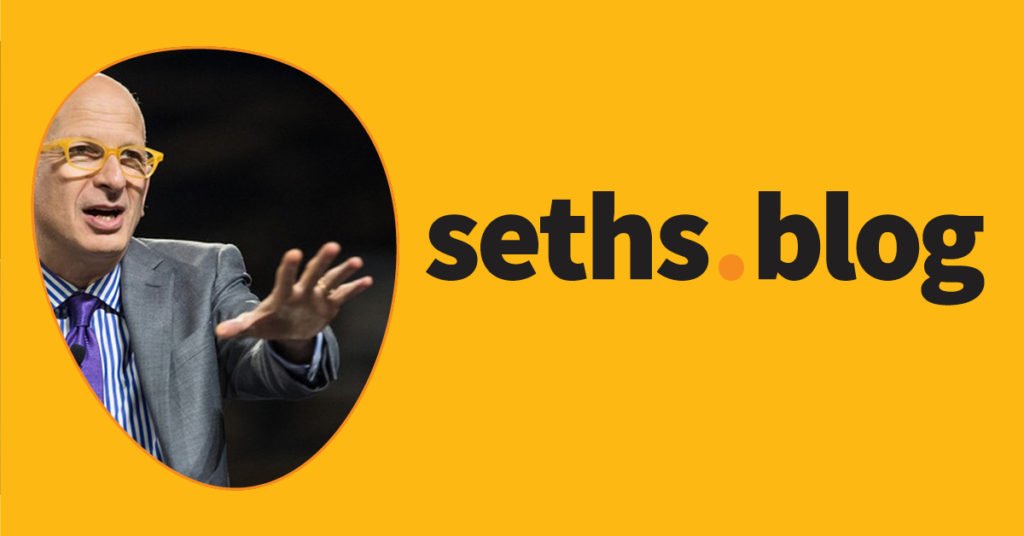In 1805, if you listened to music, you heard it live. Every time. Today, perhaps 1% of all the music we hear is live, if that.
In 1805, if you listened to a lecture for school or work, you heard it live. Every time. Today, that’s still true.
That’s crazy.
Ten years ago, Sal Khan pointed out that thanks to the internet, we should have students watching best-in-class lectures at home, after school… and doing their homework together, with teachers, during the day. That hasn’t happened yet, but it should.
If we’re going to persist in creating hyper-expensive live lectures for millions of people every day, perhaps it’s time to change the dynamic. Imagine that there’s an app (I’ll call it Backchannel) and that the lecturer or her assistant has a dashboard.
Every student already has a phone. Let’s put them to use.
The Backchannel app begins by blocking all other apps–by reporting student participation. If we’re going to do this expensive lecture process in real-time, at the very least you can stop checking Facebook.
Second, the lecturer can at any time ask for students to answer a simple question about what’s being discussed. If a lot of students can’t answer the question, time to slow down. On the other hand, the Backchannel app can also act as a tool for students to anonymously let the lecturer (and the system) know that they’re bored. It’s hard to embrace how obvious this is, and yet it doesn’t get done.
The app can show via the dashboard how active each student is, by percentage or even by name.
Questions can stream in from the app, so the lecturer can get a quick view of what needs to be covered.
Students can have a discussion with one another (no private chats, though) about the last few minutes of what was covered. It’s asynchronous and can lead to far more airtime for people who might not be brave enough to raise a hand.
And of course, just as the school is rating the students (that’s a core tenet of the education-industrial complex) the students can rate every lecture, every time. What a dramatic shift in power, in attention and in reporting.
If we ended up with a classroom where the lecturers were on their toes, where students were actively engaged at all times and where the interactions were far more in sync, wouldn’t that be worth the hassle of putting our devices to better use? We can build this and start using it right now, not someday.
If we insist on lectures being the way they’ve always been, which is a one-way recitation, then let’s simply have students watch best-in-class recordings instead of the wasteful act of recreating them live, every time. But if we’re going to do it live, then let’s actually do it live.
